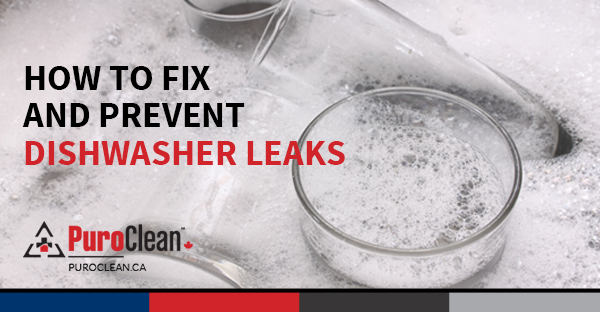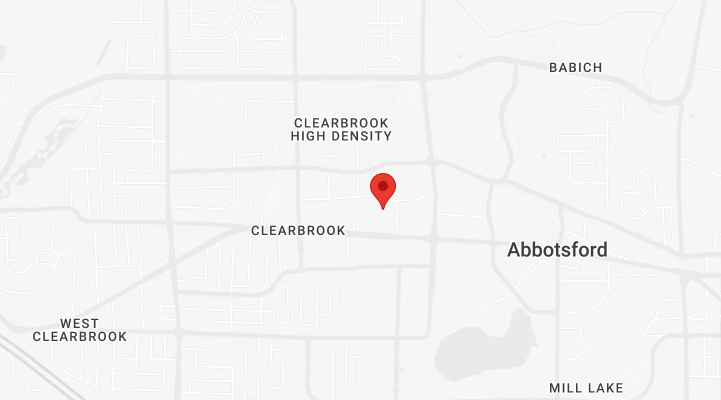How to Fix and Prevent Dishwasher Leaks
 When a dishwasher leaks, the problem can be easily solved more often than not. Leaks occur due to several reasons, such as a faulty gasket, using too much detergent, or overloading the dishwasher. Luckily, most people should be able to fix the problem themselves, without the need of a professional. Here are various causes for dishwasher leaks with tips on how to fix them:
When a dishwasher leaks, the problem can be easily solved more often than not. Leaks occur due to several reasons, such as a faulty gasket, using too much detergent, or overloading the dishwasher. Luckily, most people should be able to fix the problem themselves, without the need of a professional. Here are various causes for dishwasher leaks with tips on how to fix them:
- Overloading the dishwasher should be avoided and the dishes need to be placed properly.
- The correct type and amount of dishwasher detergent (as specified in the manual) must be used.
- The dishwasher must be leveled and all four legs should stand firmly on the floor.
- The gasket (the rubber strip on the door) needs to be inspected for any damage, such as corrosion or cracks, and replaced if it’s damaged.
- When replacing the gasket, the power to the dishwasher should be turned off first, after which the old gasket can be removed. Soaking the new gasket in warm water will make it easier to handle. The new gasket should be installed starting at the top of the door area.
- The spray arm, usually located at the bottom of the dishwasher, should be checked for cracks or warps, if the arm is made of plastic. The holes in the arm must not be blocked. Blocked holes can be cleared using a metal wire of the same diameter as the holes.
- If water is dripping from the bottom of the dishwasher, the drain hose (that connects the pump to the sink drain) should be checked for damage or loose connections. If the pump leaks, homeowners should contact a professional to repair or replace it.
Washing machines are also known to cause damage through water leaks or overflows. This article provides information on how to fix and prevent washing machine overflows. The PuroClean team stands ready to provide professional restoration services to any property affected by fire, water or mould damage.
Follow us on Twitter, Facebook, Google+ and LinkedIn to get our notifications!


